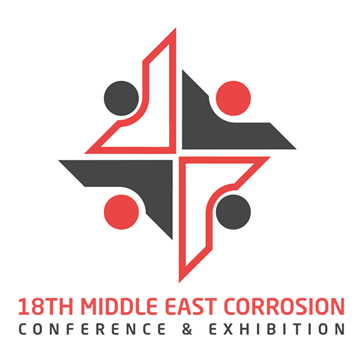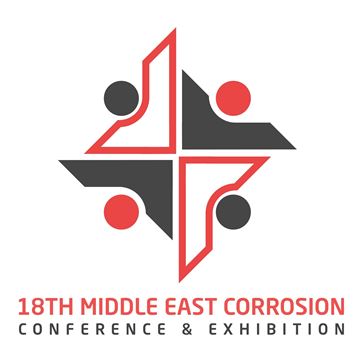Search
Products tagged with 'protection'
View as
Sort by
Display
per page
Benchmarking International Cathodic Protection and Alternating Current Mitigation Standards to Determine Suitable Protection Criteria
Product Number:
MECC23-20206-SG
Publication Date:
2023
$20.00
Deploying an Innovative Method to Protect Pipelines During Excavation and Enhance Combating Corrosion
Product Number:
MECC23-19929-SG
Publication Date:
2023
$20.00



